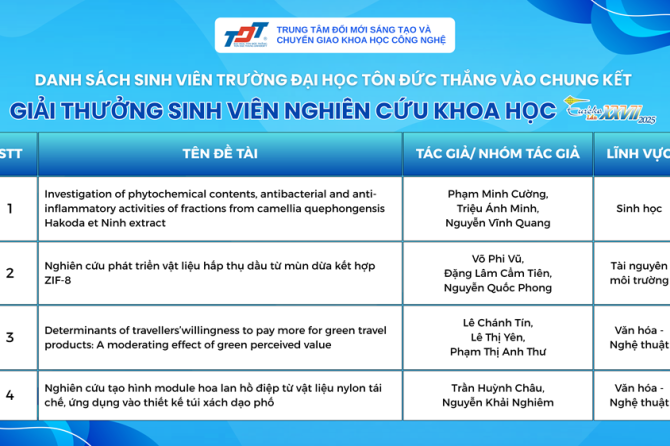Technology transfer - The engine that turns knowledge into economic growth
Technology transfer is successful when knowledge does not stay on paper, but flows into the bloodstream of the economy" - Prof. Joseph Stiglitz, Nobel Laureate in Economics 2023.
In the era of innovation and global competition, technology transfer (TT) is no longer an academic concept-it has become an essential lever for boosting productivity, narrowing the technology gap and creating real economic value.
According to the WIPO Report (2024), 70% of labor productivity growth in OECD countries comes from the adoption of new technologies through technology transfer. In Asia, Korea is a leading example: 98% of university research results are successfully transferred to enterprises - a figure that has prompted many countries to reflect on their own systems.
What is Technology Transfer and why is it so important?
In essence, technology transfer is the process of bringing scientific knowledge, technologies, equipment and inventions from research institutions (such as universities or R&D institutes) to enterprises in order to commercialize them.
More than a “bridge” between scientists and the market, TT is also a way to reduce R&D costs for businesses. A study published in the Journal of Technology Transfer (2023) shows that companies can save up to 40% of R&D costs by using transferred technologies instead of developing everything from scratch.
At the national level, every USD 1 invested in technology transfer generates up to USD 7 in GDP in emerging economies - a remarkable return on investment (World Bank, 2024).
Technology Transfer in Viet Nam: Positive Signals and Real-World Challenges
Technology transfer in Viet Nam has recorded positive progress, with a sharp increase in the number of university-based projects, a number of domestic technologies successfully commercialized, and innovation centers beginning to play an important role in connecting research and the market. However, the process still faces many obstacles such as complex legal procedures, low funding support in the pilot stage, and a significant gap between academic research and enterprise needs. To fully leverage the potential of TT, Viet Nam needs to reform its institutional framework, increase financial support for the commercialization of research results and develop a qualified technology transfer workforce that meets international standards.
“Technology transfer is not simply a technical process, but a driving force for restructuring the economy towards innovation and sustainability.” - Prof. Vo Van Toi, Viet Nam National University, Ho Chi Minh City
Sources:
- World Intellectual Property Organization. (2024). World Intellectual Property Report 2024. WIPO. https://www.wipo.int/pressroom/en/articles/2024/article_0004.html
- Organisation for Economic Co-operation and Development. (2025). OECD Compendium of Productivity Indicators 2025. OECD Publishing. https://www.oecd.org/en/publications/oecd-compendium-of-productivity-indicators-2025_b024d9e1-en/full-report/insights-on-productivity-developments-in-2024_c4061fb7.html
- Organisation for Economic Co-operation and Development. (2025). OECD Economic Surveys: Viet Nam 2025. OECD Publishing. https://www.oecd.org/en/publications/2025/06/oecd-economic-surveys-viet-nam-2025_f2511b78/full-report/harnessing-trade-and-investment-flows-to-boost-productivity_98d56c90.html
- OECD & Cambridge University Press. (n.d.). Harnessing Public Research for Innovation in the 21st Century: Selected Comparative Country Studies. Cambridge University Press. https://www.cambridge.org/core/books/harnessing-public-research-for-innovation-in-the-21st-century/selected-comparative-country-studies/B70B49A23679B18FAB620F99EA840586





